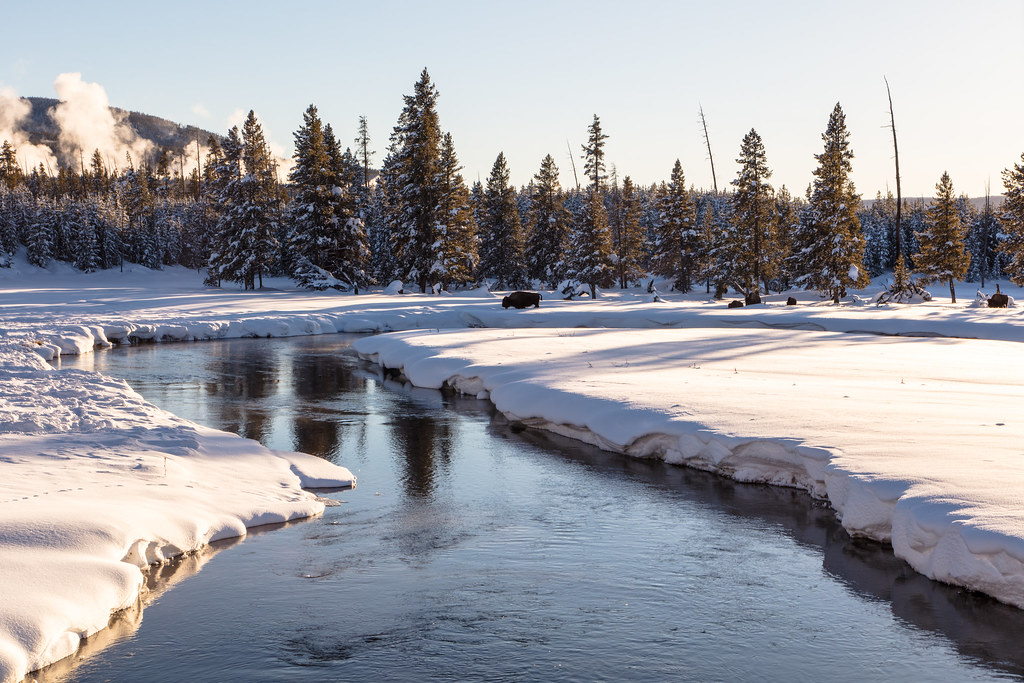Astronomical autumn continues in the Northern Hemisphere, as Earth is in its place in its orbit around the sun, and meteorological winter begins in December. The winter solstice is a key moment of the yearly cycle when you can feel the change of the seasons, but the official start of astronomical winter doesn’t come until then.
What is the Winter Solstice?
At this time, the Earth’s North Pole is at the point where it is rotated farthest from the sun, and thus, we have the shortest day and longest night of the year here in the Northern Hemisphere. It’s when we have our fewest hours of sunlight and some of the coldest temperatures.

What time is the Winter Solstice 2024?
This year, the winter solstice will occur on Saturday, December 21, at 3:7:21 a.m. Central Standard Time (CST). Today marks the beginning of winter, and the Northern Hemisphere sees the astronomical winter on this date.
What is the Shortest Day of the Year?
The solstice, which occurs on December 21, is the shortest day of the year in cities like Chicago, but its effects begin to show up before then. According to TimeandDate.com, the earliest sunsets of the year begin around December 9, when the sun sets at 4:19 p.m. Sunset times shift slightly from this point for almost two weeks until the solstice is reached.
Although the sunset will hardly change, sunrise times will continue to sneak until later in the morning. By this point, though, mid-December, you’ll have started to notice less daylight, but the shortest day will officially come on December 21. On that day in Chicago, you’ll see 9 hours, 7 minutes, and 44 seconds of daylight.
When Will the Days Come Longer?
The good news is that once we pass December 21, the days will begin getting longer again, but the government doesn’t expect it to feel very different for a little while. In the 10 days following the solstice, Chicago will only gain about 4 minutes of daylight, with the sunset shifting to just before 4:30 p.m.
By New Year’s Day, the city will continue to gain small amounts of daylight, but the sun will rise at its latest point of the year, around 7:18 a.m. When we reach the end of January, the daylight will still start to speed up, increasing by about 2 minutes daily. Chicago will finally get its first 10 hours of daylight since Daylight Saving Time ended on November 3, by January 30.
What Does This Mean for You?
In the Northern Hemisphere, the winter solstice represents the critical point at which the endless retreat of ever-longer nights and ever-shorter days reverses itself. The change in daylight will be gradual at first, and it is not until the end of January that you will really notice the shift, most afternoons and into evenings, as the sunset moves later.
Remember that as the solstice greets us with winter, the promise of lighter, brighter days is just ahead. Each day, we come closer to spring, so enjoy the shift and have peace in knowing that soon we will be able to soak up the sunshine!